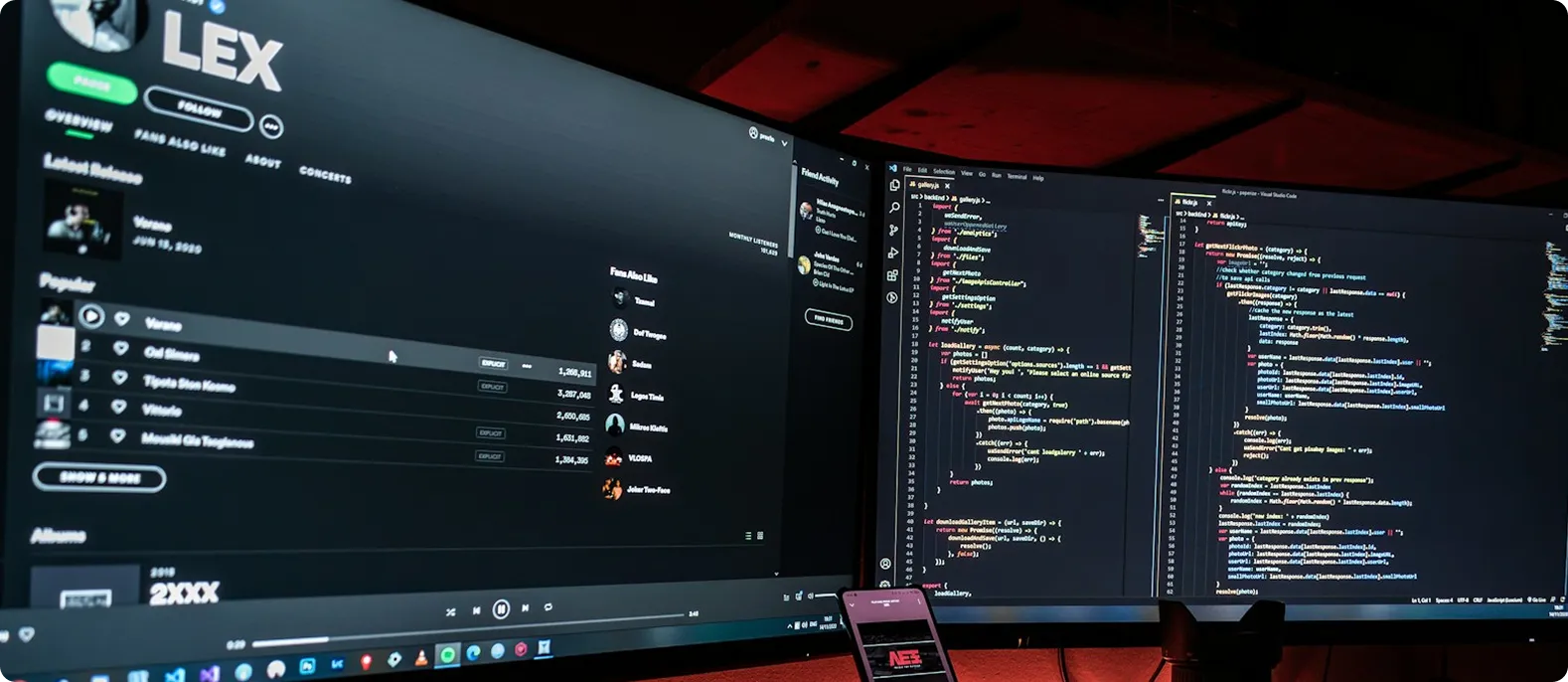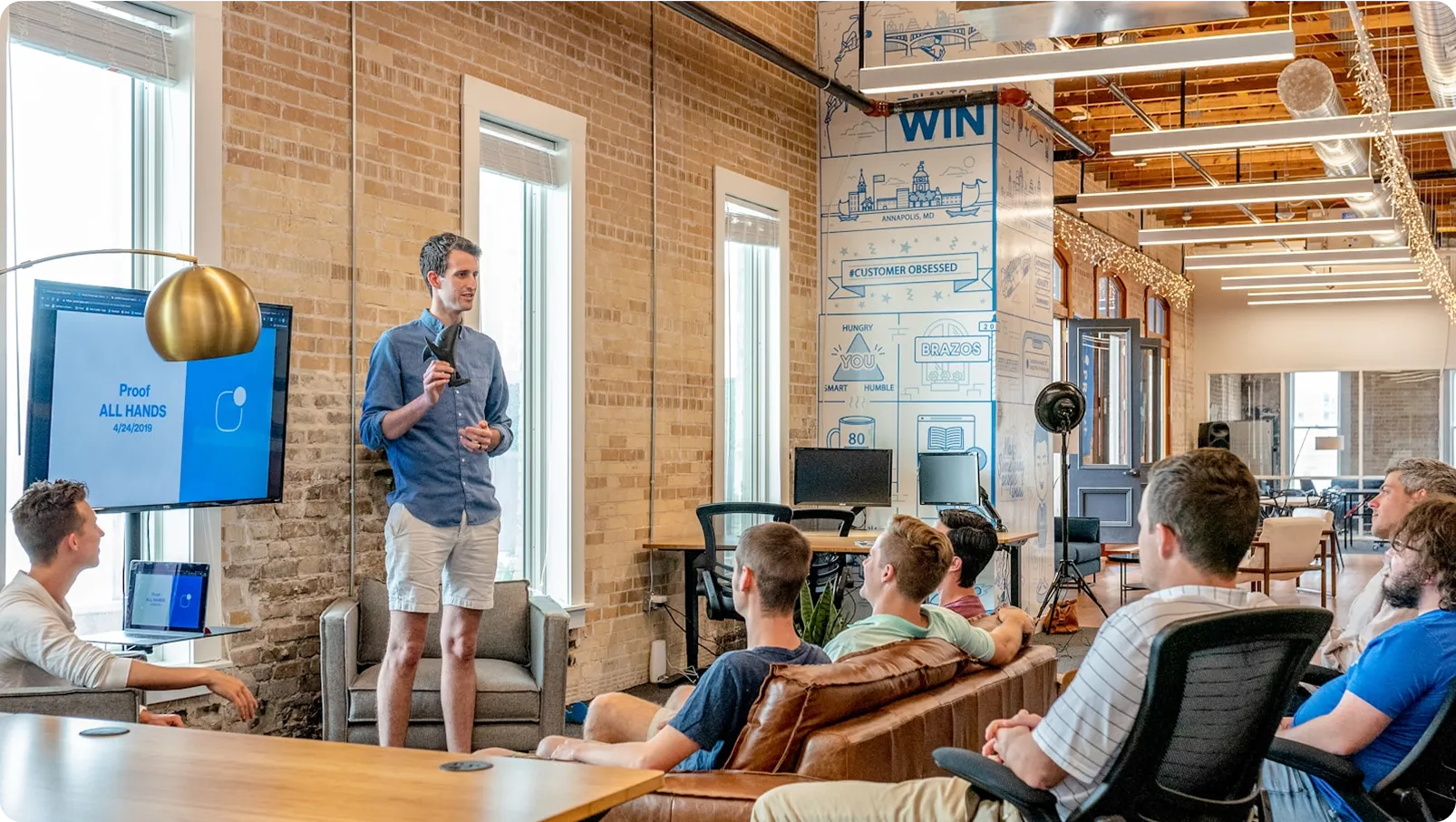Rajiv Nair
June 01, 2025
AI has become the gravitational center of the 2025 venture capital landscape, accounting for 40% of all U.S. startup funding and fueling a new breed of goal-driven, modular, and agentic platforms. This blog unpacks the seismic shifts reshaping VC strategies—from the decline of legacy SaaS to the rise of AI-first modular ERP, from the emphasis on real ownership over optics to emerging global innovation hubs like Cambridge. It explores critical frameworks like Model Context Protocol (MCP), the surge in stablecoin infrastructure, and recent VC deal trends. With capital discipline, modularity, and cap table clarity now essential, AI is simultaneously enabling a new innovation frontier and dismantling outdated models. The firms and founders who adapt will shape the future—those who don’t risk irrelevance.
In 2024 alone, AI startups accounted for 40% of all U.S. startup funding. This milestone is more than a statistic; it reflects a sweeping market transition. From generative AI platforms and intelligent agents to automated infrastructure tools, AI is now the default technology stack for innovation.
This flood of capital has led to the meteoric rise of industry titans like OpenAI, Anthropic, and Mistral. However, the attention on AI has created a vacuum for non-AI startups. Many of them are now classified as "zombiecorns" — companies that have achieved unicorn status but are unable to grow, exit, or pivot. This bottleneck stems from an oversaturated market where exits are few, IPOs are stalled, and revenue scalability remains elusive for traditional SaaS models.

As articulated by Benedict Evans in "AI Eats the World - 2025 Strategic Tech Trends," AI is not a tool; it is a new platform layer. Traditional SaaS systems based on pre-defined workflows are being supplanted by AI-first systems that operate with intent-based, goal-oriented architectures.
Where users once had to navigate drop-down menus and static dashboards, AI agents now act on behalf of users with remarkable efficiency. Companies integrating these agents report efficiency gains upwards of 30%, often within weeks. This isn’t merely incremental improvement—it’s systemic transformation.
Further accelerating this evolution is the Model Context Protocol (MCP), introduced by BCG X’s Daniel Sack. MCP allows for dynamic memory, enhanced context switching, and learning across applications. OpenAI, Microsoft, and Anthropic have already adopted this framework, paving the way for exponentially smarter autonomous agents in enterprise environments.

Despite AI's dominance, the road ahead for venture capital is fraught with obstacles. Bloomberg notes that funding for emerging VC managers has dropped by 75% since 2021. Gone are the days when narrative alone could secure funding. Today’s VCs must bring deep domain expertise, differentiated networks, or a crystal-clear thesis to the table.
Meanwhile, IPO windows are cautiously reopening but often at significantly reduced valuations. Take Hinge Health, once valued at $6.2 billion, now estimated around $2.9 billion in the public markets. This adjustment reflects the new mantra in venture: "Discipline is the new norm." Speculation has given way to sustainable unit economics, profitability, and execution.

According to James Sedgwick-Heath in his essay "Ownership Is the Strategy," it no longer matters if a VC backed the next decacorn if their fund owns only 1% of it. What matters is actual ownership, not brand association.
Let’s say a $500M fund scores a $10B exit, but only has a 1% stake. That’s $100M — just a 2x return, hardly impressive after fees and carry. The lesson? Cap table math trumps optics. GPs must negotiate for meaningful stakes and prioritize equity retention, even at the cost of valuation negotiations.

Traditional Enterprise Resource Planning (ERP) software is facing obsolescence. No longer are companies content with rigid, one-size-fits-all systems. AI-first startups are strategically unbundling ERP suites into modular, interoperable components, creating a $40B+ opportunity in the process.
This modularity allows businesses to pick and choose best-in-class solutions for HR, finance, compliance, and procurement—all infused with AI capabilities. This trend is summarized best as: "One stack, dozens of winners."
Startups like Glean (AI-powered search) and Ramp (automated finance) exemplify this trend. They offer lightweight, high-impact solutions that integrate seamlessly with other tools and deliver outsized ROI.

While Silicon Valley continues to dominate the innovation landscape, other regions are quickly catching up. The "Rise of Cambridge Tech" report highlights how Cambridge, UK, is outpacing London and Oxford in unicorn velocity and seed-stage deal flow. Its strengths in deep tech and AI research have made it a hotbed for investment, attracting firms like Atomico and LocalGlobe.
This decentralization of innovation implies that global hubs will compete more fiercely for talent, funding, and IP. VC firms would be wise to adopt a more global investment thesis to capitalize on these emerging ecosystems.

One unexpected yet significant growth story in 2025 is the stablecoin sector. Despite crypto's broader volatility, stablecoins have grown by $12.3 billion this year, offering stable, low-cost, cross-border payment infrastructure.
CB Insights recently mapped 172 breakout companies in this space, ranging from consumer wallets to enterprise settlement tools. As businesses look for secure, blockchain-based finance tools, stablecoins are becoming an integral part of the financial plumbing.


These deals reflect the market’s appetite for purpose-driven innovation, grounded in AI and sustainable outcomes.

Platforms like The VC Corner and Notion now provide publicly available toolkits for early-stage teams to streamline their fundraising and operations.

The venture capital landscape of 2025 is defined by AI as a dual force: it is the rocket fuel powering innovation and the wrecking ball dismantling legacy systems. For VCs and startups, success will depend on clarity, strategy, and execution. Ownership, modularity, and geographic diversification are the new strategic pillars.
Those who understand the broader tectonic shifts—and act accordingly—will thrive in the AI-driven future. For everyone else, it's time to adapt or risk being left behind.
